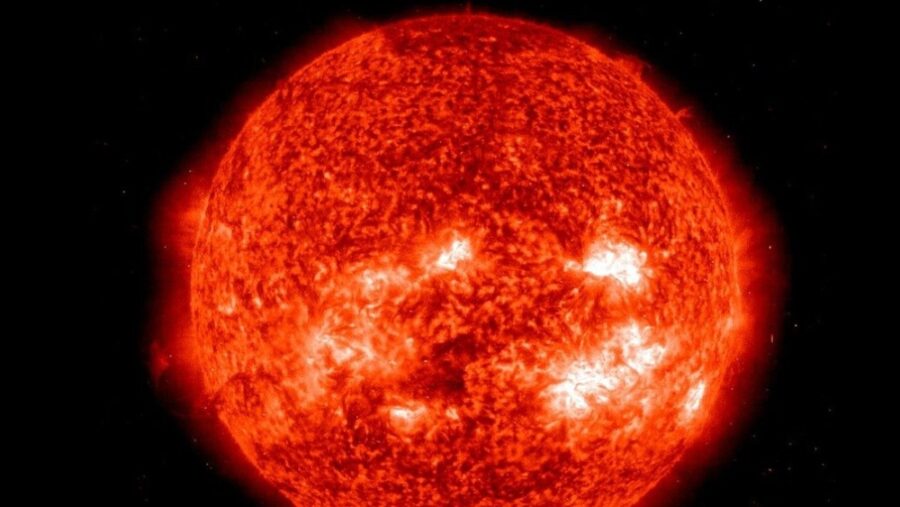A Vampire Sun Is A Real Thing And Astronomers Just Found The Rarest One
Scientists have located a binary pair of stars so close they orbit each other every 51 minutes.
Apparently, a vampire sun is a very real thing, and it is nothing like the vampire stories told to us as kids, including more modern fare like that of Twilight starring Kristen Stewart and Robert Pattinson. Astronomers have found the rarest vampire sun on record, according to Science Alert, which details a binary pair of stars that are so close in distance to one another that they actually end up orbiting every 51 minutes, a record for the shortest orbit ever recorded by sight in a binary system. When stars orbit this closely, they are often referred to by scientists as cataclysmic variables, and they could be very dangerous to materials surrounding them near and far.
For a vampire sun to exist, stars in a cataclysmic variable have to be so close together that a white dwarf star draws material from them in a spectacular fashion that hasn’t been properly seen by scientists until now. The white dwarf star, typically about the size of our home planet of Earth, essentially becomes a vampire sun and they are noted as being very dense. Science Alert confirms that many astronomers are currently aware of more than 1,000 cataclysmic variables, with only about 12 of them having orbits smaller than 75 minutes, meaning that this newly discovered phenomenon may be the most rare sighting in recorded history.
Like something out of a conversation between Mayim Bialik, Kaley Cuoco, Simon Helberg, Kunal Nayyar, Jim Parsons, and Johnny Galecki on the hit Chuck Lorre CBS series The Big Bang Theory, a vampire sun appears to be quite a sight for scientists and lay people on Earth. The stars’ orbiting was first observed very recently by scientist Kevin Burdge and his team from the Department of Physics at The Massachusetts Institute of Technology, upon which they published a study called “A Dense 0.1-Solar-Mass Star in a 51-Minute-Orbital-Period Eclipsing Binary,” and the study published of their findings detail the stars that are about 3,000 light-years away. Humans on Earth, with the proper equipment, telescope, and sophisticated formulas may one day be able to spot the orbiting stars by looking in the direction of the Hercules constellation when looking directly into the night sky.

It is theorized by the team at Kevin Burdge and his teams at The Massachusetts Institute of Technology that the stars making up the vampire sun have been orbiting in this nature for roughly 8 billion years, however, they have considerably changed in form while aging in a variety of ways in that timeframe. One of these stars is known as the white dwarf and is said to have a hyper-dense, fusionless core of matter to its components. The other star is much more representative of the sun we know today that tans our legs and burns our skin in the summer months, larger than the white dwarf and might possibly reach new heights by transitioning into a red giant looking star eventually.












